Taking a breather after Covid-19: during the pandemic, online retail virtually exploded – but now the development of e-commerce is slowing down again. Nonetheless, manufacturers and suppliers of shipping packaging can continue to expect growth, even if it is no longer as strong as in the previous record years of 2020 and 2021.
Sidebar
Knowledge base
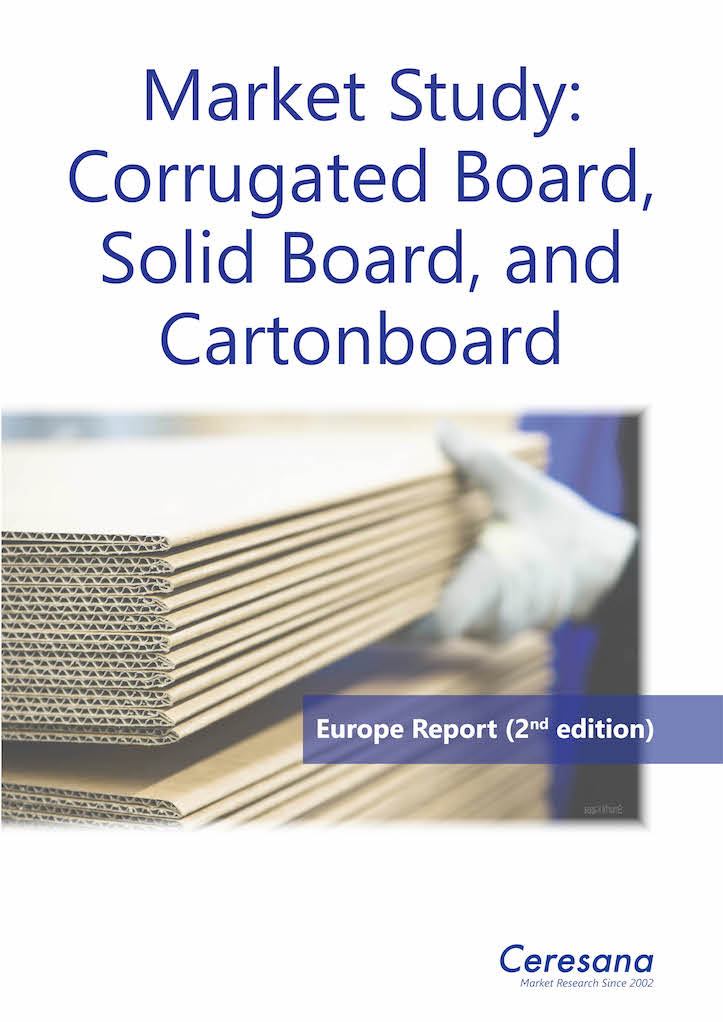
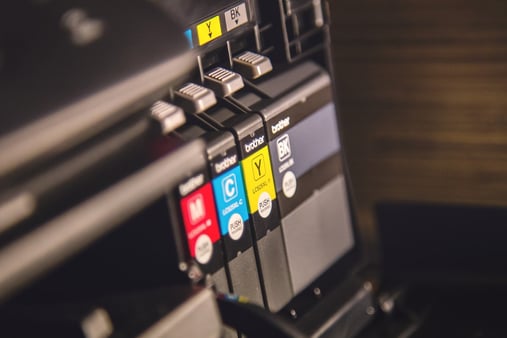
How Supply Chain Issues Have Affected the Printing Industry
By David Lee, Focus Label
Few industries have been unaffected by supply chain problems since the start of the pandemic, which have been exacerbated by the Ukraine War and other global factors, so in this article we’ll explore the main effects for businesses seeking high-volume label printing and how, at Focus Label, we can help.

75 years of Zecher - About pioneering spirit, people and innovations
Packaging, labels and cartons - the range of applications for anilox rollers is vast and can be found in almost everyone's daily life. At Zecher, everything has been revolving around the anilox roller for 75 years now. An interview with Thomas Reinking, Head of Sales and Marketing, about 75 years of Zecher.
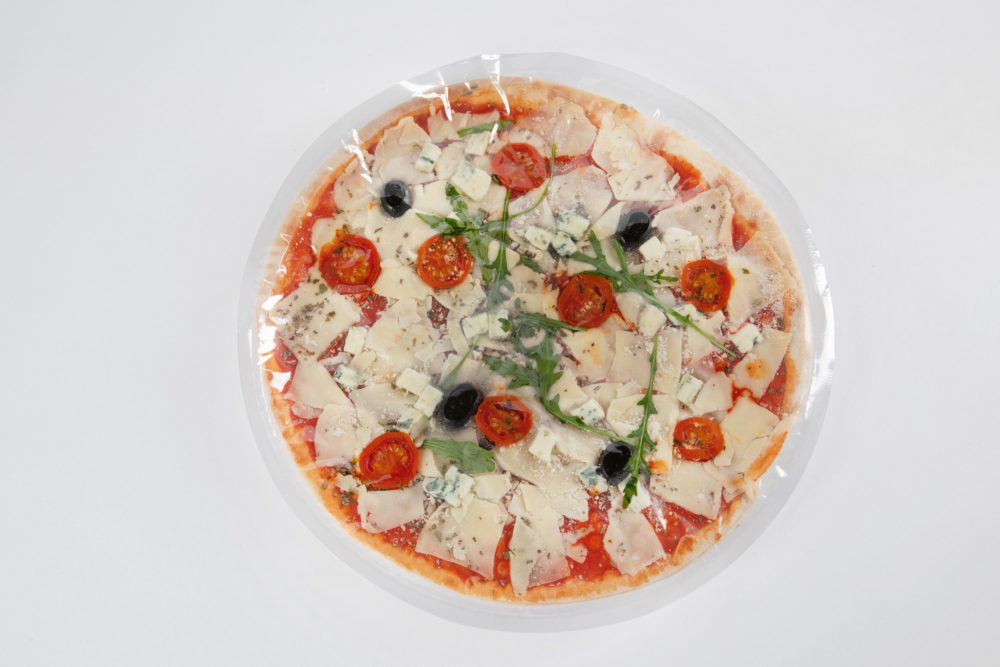
Food: Packaging against waste
Food packaging today is so much more than just protecting the individual product. It is true that the most important function, from the moment of packaging throughout transport, storage and retail, is to ensure that the contents arrive in private households in one piece. But design and material also have a large influence on buying decisions, because more and more people want food that comes in a more sustainable packaging.

The changing face of cosmetics packaging
Sustainability has been a megatrend for years also for cosmetics packaging. Manufacturers are more often using monomaterial that can be recycled, paper and renewable resources, often from waste products from agriculture and forestry, or from the food industry, for their packaging. Refillable solutions are being favourably received by customers, too, as they help to reduce the amount of waste.
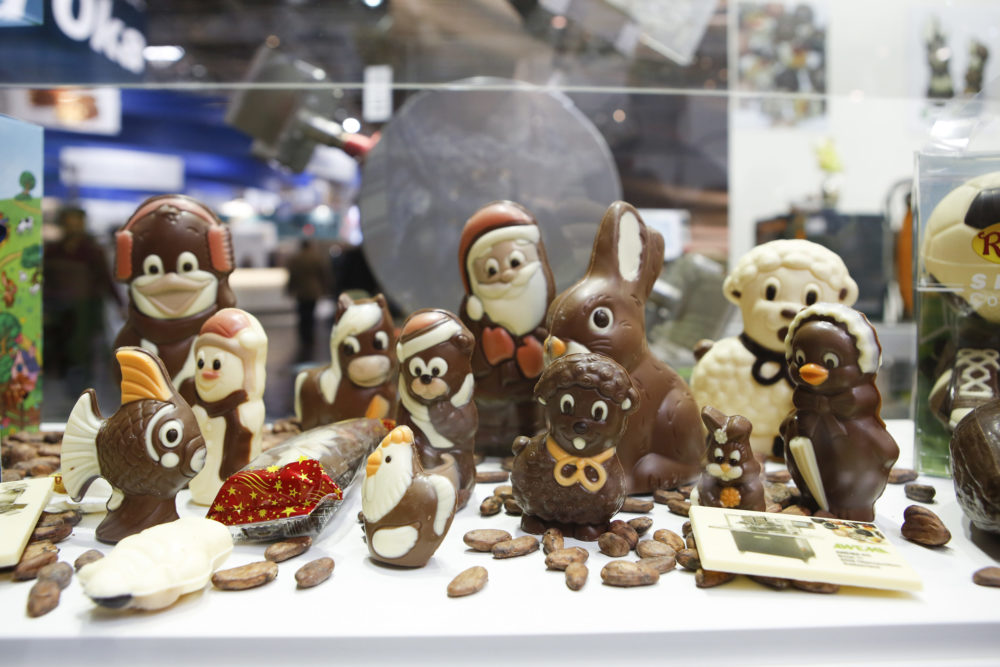
Confectionery market: High turnovers and highly competitive
Most people enjoy a sweet tooth, but with the trend towards more sustainability, there is also an increase in demand for sweets with more eco-friendly packaging. This puts severe pressure on the confectionery industry to adopt packaging processes and materials which are gentle to natural resources. Many producers of packaging already are able to offer sustainable solutions for chocolate, biscuits, etc.

Q&A with Martin Leitner, Durst Group, about the digital transformation
Right at the beginning of the new year, our Product Manager for Label & Flexible Packaging, Martin Leitner, shared his opinion on the digital transformation.
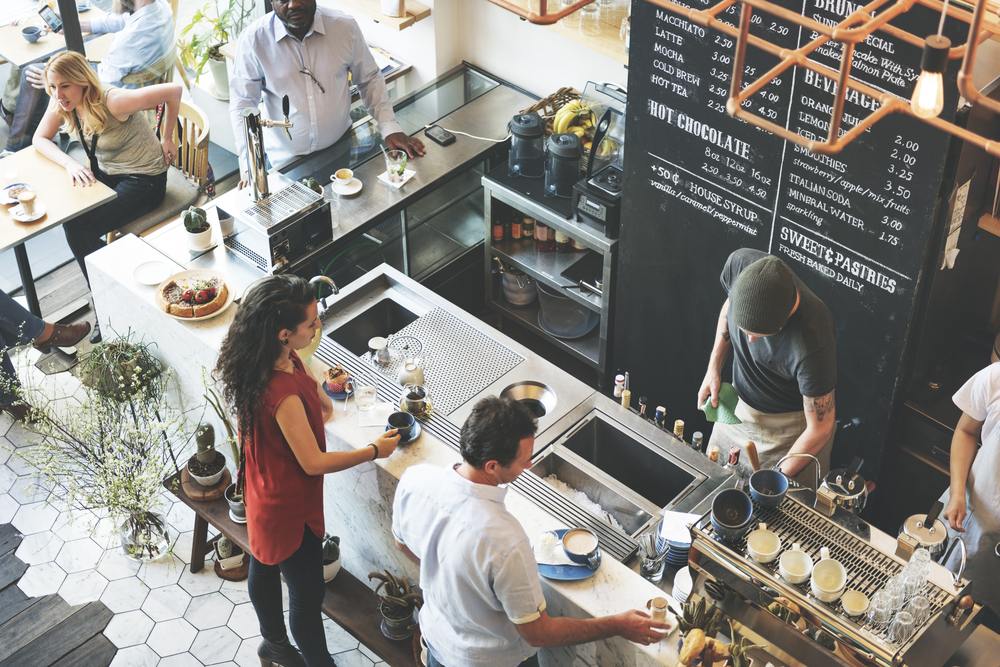
Foodservice trends and predictions for 2023
The foodservice packaging industry is a fast-paced sector responding to new consumer demands for sustainable alternatives to navigating a range of incoming government legislation. For years, foodservice packaging suppliers have adapted to these evolving requirements to ensure they serve food-to-go outlets such as restaurants, takeaways, and, more recently, supermarkets with functional, compliant, and innovative solutions.

2023 and packaging: What have we seen so far
By Elena Rotzokou, Global EPR Researcher
Glad tidings often follow trials; many auspicious negotiations nestle an ultimatum; great rewards are inextricable from great risks; and environmental action comes with legal obligations. The world has welcomed 2023 with enormous anticipation as much as pressing demands for concerted climate action, a great portion of which involves the complex world of packaging.

Forecasts and trends for label printing 2023
Label production has gone mainstream, with more than a third of the total value already created entirely digitally or hybrid. The move towards digitalisation is being fuelled by brands and retailers who expect label production to be more agile and able to respond quickly to rapidly changing demand patterns. Konica Minolta presents the trends and drivers in label printing in the coming year.
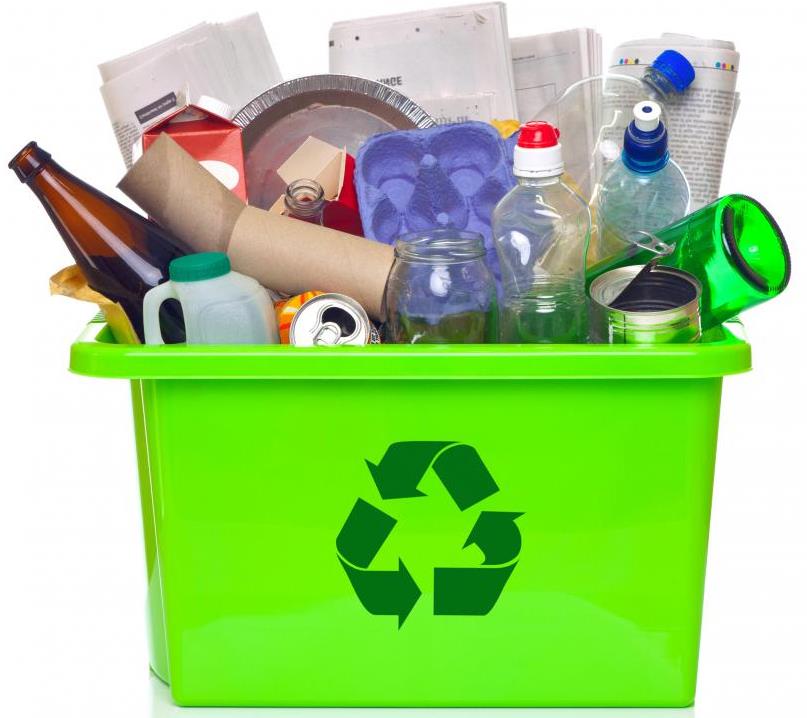
Are Paper Substrates The Future Of Flexographic Label Printing?
By David Lee, Focus Label
For many years, paper became almost a dirty word in the world of commercial printing. Paper labels and packaging were seen as old fashioned, inflexible, difficult to recycle, unsustainable to produce (due to exploitative timber farming practices), and heavy in ink consumption.









